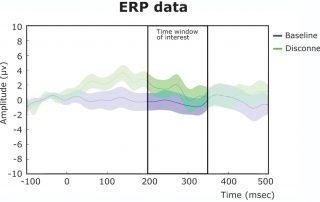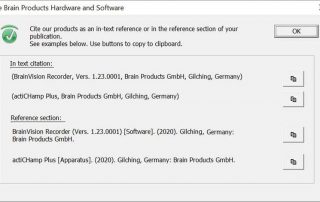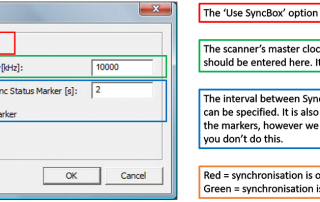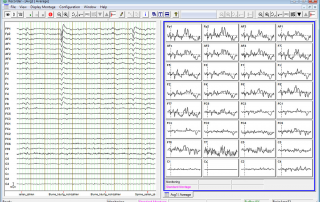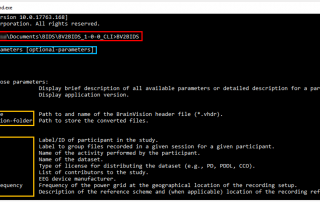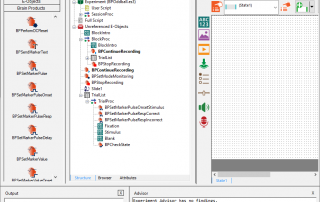From Movement to Action: An EEG Study into the Emerging Sense of Agency in Early Infancy
This study investigates whether 4-month-old infants build causal action-effect models, a prerequisite for a sense of agency. Using behavioral and neural measures of violation of expectation, we found evidence for causal models only in a subset of infants. Thus, the sense of agency is beginning to emerge at this age.


